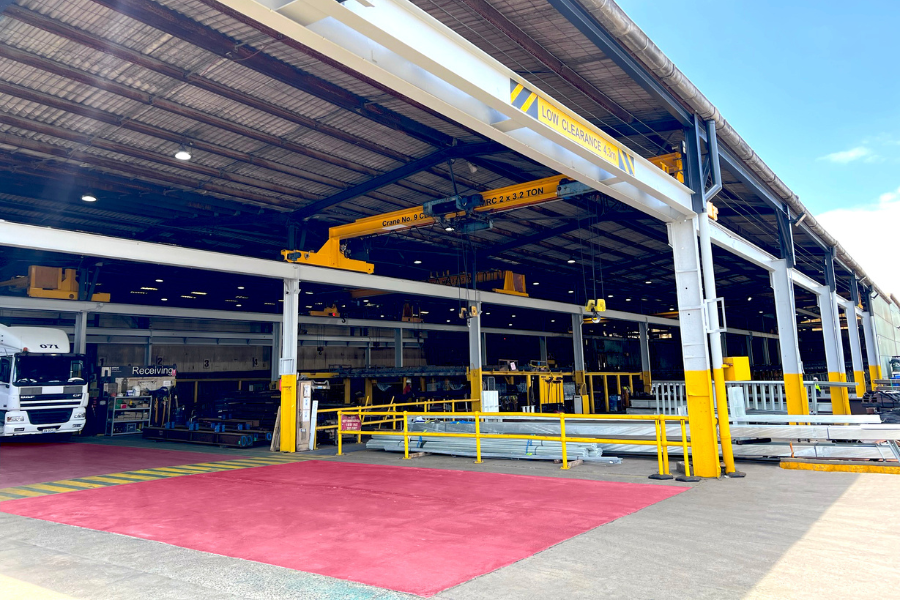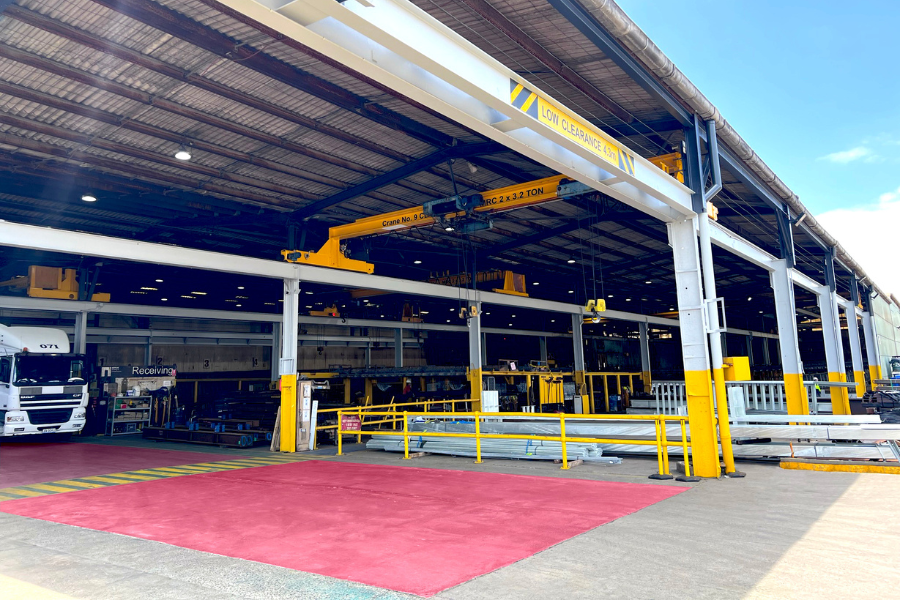Introduction:
Steel, with its versatility and strength, has been a cornerstone material in various industries for centuries. However, to ensure its longevity, especially when exposed to harsh environments, protective measures are essential. One such method is hot-dip galvanizing, a process that significantly enhances steel's durability and resistance to corrosion. In this article, we delve into the intricacies of hot-dipped galvanization and its importance in preserving steel structures.
What is Hot-Dipped Galvanization?
Hot-dipped galvanization is a process wherein steel is protected against corrosion by a zinc covering. The process involves immersing the steel into a bath of molten zinc, creating a metallurgical bond between the zinc and the steel substrate. This results in a robust, long-lasting protective coating that shields the steel from corrosive elements such as moisture, salt, and chemicals.
The Hot Dip Galvanizing Process:
The process of Hot Dip Galvanizing Steel begins with surface preparation. The steel is cleaned thoroughly to remove any impurities, such as rust, grease, or mill scale, which can hinder the bonding process. Once cleaned, the steel is immersed in a series of chemical baths to further prepare the surface for galvanization.
After surface preparation, the steel is dipped into a bath of molten zinc, typically maintained at approximately 450°C (842°F). As the steel is immersed in the zinc bath, a metallurgical reaction occurs between the zinc and the steel substrate, forming a series of zinc-iron alloy layers. These layers provide a barrier against corrosion, even in the most challenging environments.
Benefits of Hot-Dipped Galvanisation:
The process of hot-dip galvanizing offers numerous benefits:
Corrosion Resistance: The zinc layer serves as a sacrificial anode, corroding before the underlying steel. This provides unparalleled protection against rust and corrosion, extending the lifespan of steel structures significantly.
Durability: Hot-dipped galvanized steel is highly durable and resistant to abrasion, impact, and extreme temperatures, making it ideal for outdoor applications such as bridges, fences, and utility poles.
Cost-Effectiveness: While the initial investment in hot-dip galvanizing may be higher than other coating methods, the long-term cost savings are substantial due to reduced maintenance and replacement costs.
Environmental Sustainability: Zinc, the primary material used in galvanization, is abundant, recyclable, and environmentally friendly. Hot-dip galvanizing helps minimize the environmental impact of steel production by extending the life of steel goods and lessening the requirement for regular upkeep.
Applications of Hot-Dipped Galvanised Steel:
Hot Dipped Galvanised steel finds applications across many different industries, such as infrastructure, agriculture, automobiles, and buildings. Common applications include structural steel beams, guardrails, roofing materials, electrical conduits, and automotive components.
Conclusion:
Hot-dipped galvanization is a proven method for enhancing the durability and longevity of steel structures. By creating a robust barrier against corrosion, hot-dip galvanized steel ensures the integrity of infrastructure and reduces maintenance costs over time. For high-quality hot-dip galvanizing services in Australia, visit galserv.com.au. Their expertise and commitment to excellence make them a trusted partner for all galvanizing needs.
By understanding the hot-dip galvanizing process and its benefits, industries can make informed decisions to ensure the longevity and reliability of their steel assets.






Comments